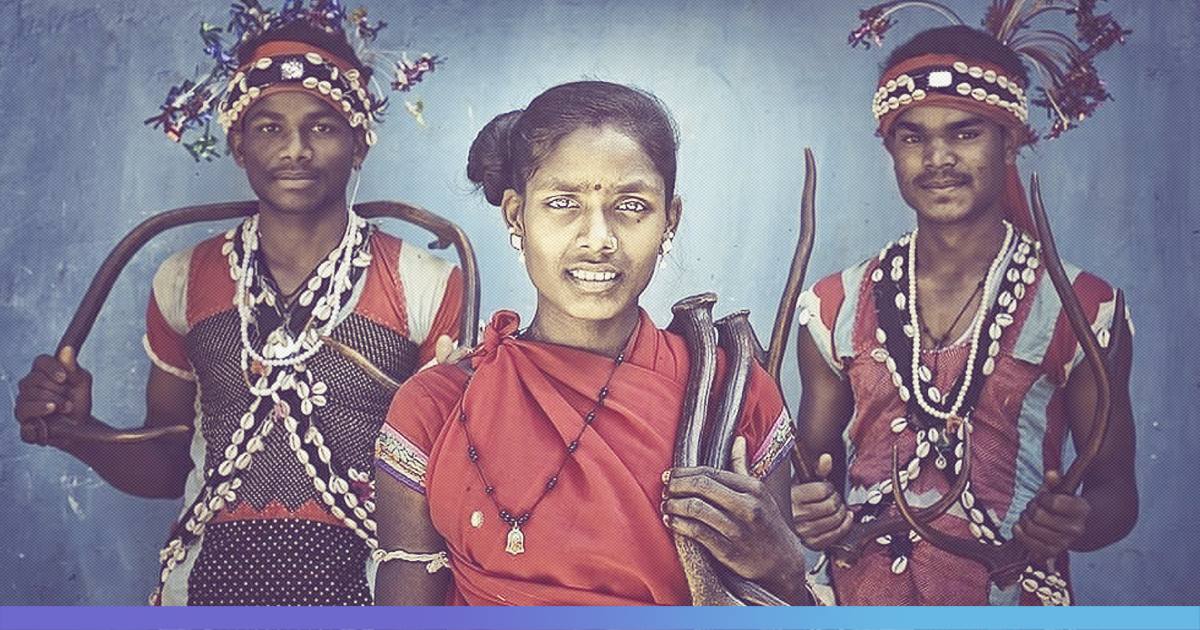In the times when lakhs of people are abandoning the state of Chattisgarh in search of better opportunities, Bindu, a 28-year-old tourism manager in Bastar hung back.
Raised in the tribal town of Jagdalpur, Chhattisgarh, her unflinching love for the town, a Maoist affected region, kept her gravitated. Bindu works for a government-affiliated venture called ‘Unexplored Bastar’ that perseveres to bridge the gap between the indigenous communities of Bastar and other states of India.
Nestled in the infamous red corridor of India, Bastar remains ever-conflicted, torn apart by the ongoing conflict between the Centre and the Maoist insurgents. Bastar has witnessed 397 people losing their lives to conflict in the past two years, including paramilitary forces, Maoist insurgents, and civilians.
While the concerns over the conflicted terrain remain perpetual, the beauty, diversity, and culture have taken a back seat for Bastar. Despite surrounded by copious beauty, the conflict smothers the real essence of the region, pregnant with diverse culture and unique biodiversity.

“There is a dire need to change the perspective of people towards Bastar. The negative connotation attached to it often prevents tourists from coming to this beautiful land. Hence, volunteers were needed to spearhead the Unexplored Bastar to bridge the gap between Bastar and other states of India,” says Bindu.
Bindu is leading six self-help groups located across the Dandakaranya plateau. She is also a trainer of various Self Help Groups comprising of young people from Bastar who work to enhance the quality of tourism services.


“The best thing about our organization is – it connects you with the true essence of Bastar. From home staying with tribal communities to exploring the dense Mahua forests, to savouring over Chapada chutney (chutney made by crushing ants), the organization puts every Bastar aspect on your platter,” Bindu adds.
Bindu takes pride in progressive practices that Bastar follows; supporting live-in relationships and worshipping nature amongst others.
The Tradition Of Live-In Relationship
The tribals in Bastar follow the tradition of ghotul. According to this age-old tradition, single men and women are allowed to explore compatibility before marriage. Highly prevalent in Dantewada’s Gond and Abhujmadia community, the panchayat provides housing facilities to the potential couples for a fortnight.
After the end of the term, the couple can get married or go their separate ways. According to the community, the tradition prevents adultery and post-marital issues.
Bastar Practices Animism
In the times when the climate change crisis is intensifying, Bastar follows animism and worship nature. “God is formless for us. We worship trees especially Mahua and Sal and honour their services to us,” Bindu proudly shares.
The tribal communities are classified on the basis of the services they offer to their land. The Naag community serves snakes and reptiles. The Kashyap community safeguards marine animals especially tortoise.

“People of Bastar are at ease with nature. Since time immemorial, we have been following the minimalist lifestyle. Here, “WE” refers to the rich tribes of Bastar. If you really wish to explore this beautiful land, experience everything open-heartedly. For “WE” welcome everyone with open arms and big hearts. See the magic of this land for yourself,” Bindu says.
Bindu has recently been felicitated by Vakta Manch Raipur for contribution in Tourism of Bastar. She has been presented with a memento and a certificate under the theme “Jab mai safal hui“, the title that is dedicated to all the young girls and women of our Tourism Groups functioning in Bastar and Dantewada.
Through The Logical Indian, Bindu urges people to help her in her efforts to quash the stigma that has been weaved around the name of Bastar.
Also Read: Meet The 16-Year-Old Sparsh Shah With Brittle Bone Disease Who Won’t Let Wheel-Chair Bind Him










